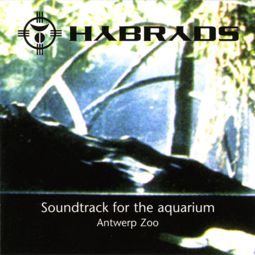Cleaning Sand in an Aquarium: A Comprehensive Guide
Keeping an aquarium clean is essential for the health and well-being of your fish and other aquatic creatures. One of the most crucial aspects of aquarium maintenance is cleaning the sand. This guide will provide you with a detailed, multi-dimensional approach to cleaning sand in your aquarium.
Understanding Aquarium Sand

Aquarium sand serves multiple purposes, including providing a natural habitat for your fish, improving water quality, and offering a surface for beneficial bacteria to thrive. It is important to choose the right type of sand for your aquarium. Here are some popular types of aquarium sand:
| Type of Sand | Description |
|---|---|
| Play Sand | Non-toxic and safe for fish, but may not be as aesthetically pleasing. |
| Caribbean Sand | Contains calcium carbonate, which can help maintain water hardness and pH levels. |
| Black Sand | Looks natural and can help hide waste and uneaten food. |
| White Sand | Looks clean and can make the aquarium appear more spacious. |
When selecting sand for your aquarium, consider the following factors:
- Size: Choose sand with a uniform size to prevent it from being stirred up by your fish.
- Color: Choose a color that complements the overall aesthetic of your aquarium.
- Composition: Ensure the sand is non-toxic and safe for your fish and plants.
Regular Cleaning Schedule

Regularly cleaning your aquarium sand is crucial for maintaining water quality and preventing the buildup of harmful substances. Here is a general cleaning schedule you can follow:
- Surface Cleaning: Remove any visible debris, such as uneaten food, fish waste, and plant debris, from the surface of the sand using a siphon or a net.
- Deep Cleaning: Once a month, perform a deep cleaning by removing a layer of sand from the bottom of the tank. This can be done using a siphon or a vacuum specifically designed for aquariums.
- Water Changes: In addition to cleaning the sand, regularly change a portion of your aquarium water to maintain water quality. Aim to change 10-20% of the water every two weeks.
Using a Siphon for Cleaning

A siphon is a valuable tool for cleaning aquarium sand. Here’s how to use it effectively:
- Submerge the siphon in the aquarium water and remove the air from the tube.
- Start the siphon by placing the end of the tube in the water and gradually increasing the flow.
- Move the siphon across the sand, removing debris and waste as you go.
- Empty the siphon into a bucket or directly into the waste bin.
When using a siphon, be careful not to disturb the fish or plants. Also, ensure that the siphon is not too powerful, as this can create strong currents that may harm your aquatic creatures.
Using a Vacuum for Cleaning
A vacuum specifically designed for aquariums can also be used to clean sand. Here’s how to use it effectively:
- Attach the vacuum head to the vacuum cleaner and submerge it in the aquarium water.
- Turn on the vacuum cleaner and start cleaning the sand, removing debris and waste as you go.
- Empty the vacuum cleaner’s collection bin into a bucket or directly into the waste bin.
When using an aquarium vacuum, be careful not to damage the aquarium’s glass or decorations. Also, ensure that the vacuum is not too powerful, as this can create strong currents that may harm your aquatic creatures.
Preventing Sand Buildup
Preventing sand buildup is just as important as cleaning it. Here are some tips to help you maintain a clean and healthy aquarium:
- Feed your fish appropriately: Overfeeding can lead to excess waste and debris in the sand.














